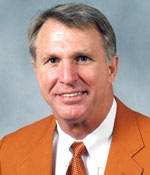Jan. 11, 2005
This year we have seen a lot of turnover with football coaches. Most of that turnover is due to coaches being fired.
Some — like Nick Saban at LSU — went from a $2.5 million position with LSU to a $5 million position with the NFL’s Miami Dolphins. After five winning seasons, David Cutcliffe was dismissed at Ole Miss after his first losing season which followed a 10-3 mark and a Cotton Bowl championship. Of course, I do not know anything that may happened internally, but if looking at the record in and of itself, it is hard to understand.
Tyrone Willingham is the first Notre Dame coach to not be able to fulfill his contract. I do know a little about Notre Dame because I served on the NCAA Certification Committee that reviewed their program. It is my belief that they have some institutional disadvantages that may impact them. However, again, I do not know the full story.
We are left to wonder: why the turnover?
The NFL — whether we like it or not — has put significant pressure on colleges and universities by dipping into the college ranks for coaches. In turn, colleges and universities have reacted in ways that have made the marketplace extremely competitive financially.
Saban was the highest paid coach in college football. Yet, that was not enough to keep him at LSU. He ends up with the Miami Dolphins, making twice as much.
Obviously, some college coaches do not want to go to the pros. Nevertheless, they become the recipients of the marketplace because of the ripple effect. That ripple has created an impatience leading to turnover such as we have not seen.
To understand how things have escalated, I hired Les Miles four years ago at Oklahoma State for $500,000. We were also one of the first schools to offer multi-year, strong compensation packages for assistant coaches. That is now the trend with assistants.
When Les left Oklahoma State for LSU, he was probably making $900,000-$1 million. Mike Gundy, his former offensive coordinator, will probably be making about the same.
With rising salaries, the tolerance threshold for patience to build a program has been marginalized, resulting in the quick firings of coaches regardless of the situation and disadvantages that also may be impacting the program. If a university has disadvantages, changing coaches does not eradicate that fact.
That is why I’m a firm believer in patience. Football programs do not just happen overnight, particularly if you have some long-term issues that must be corrected.
A recent article from New Orleans was about numerous coaches losing their jobs because people are impatient and want a quick fix. The article mentioned Frank Beamer’s first six years at Virginia Tech, where his cumulative record was just 26 wins and 40 losses. He was 2-9 in his sixth year. Yet, the administration and board supported giving Beamer more time.
One only has to wonder, how patient would people be with Beamer given the mindset today. Virginia Tech is a great example of patience in working to build a program.
It is not all just about coaching. Without question, coaching is the most critical element in building a program, however, it is not the only element.
For example, when Jimmy Johnson (national champion at Miami/Super Bowl champion at Dallas) was at Oklahoma State, his staff included Dave Wannstadt, Butch Davis and Larry Coker.
Yet, their best season was seven wins and they never beat Oklahoma. Les Miles, as Oklahoma State’s head coach, had a better record than Jimmy Johnson and he beat Oklahoma two out of four years. Does that mean he was a better coach than Jimmy Johnson? Absolutely not. Because I am so intimate with that situation having put together that program, I can say that Les had much more to work with in terms of first-class facilities than Jimmy did, and he made the most of it. He did not labor under the same disadvantages that Jimmy did.
So, again, it is not just all about coaching. There are other necessary elements that need to be in place to maximize the potential of your program. Father Edward Malloy, the outgoing president of Notre Dame, said it best: “Everyone is looking for that messiah coach, but there are very few messiah coaches out there.”
The point being: to maximize the potential of any given program, it takes quality coaching and the commitment to minimize and eradicate any disadvantages as well as a commitment to consistently seek to upgrade and update all phases of the program.
To underscore this notion of upgrading and updating, there was an article that appeared in the Greenville News regarding manufacturing. The plant manager was quoted as saying: if you do not continue to upgrade and update, then you are dying.
That is why once we catch up through what we are doing with our infrastructure issues, we must never stop upgrading and updating.
Terry Don Phillips
Past ColumnsJanuary 6, 2004December 15, 2004December 7, 2004November 30, 2004November 17, 2004November 10, 2004November 3, 2004October 26, 2004October 21, 2004October 11, 2004October 4, 2004

 Pitt
Pitt 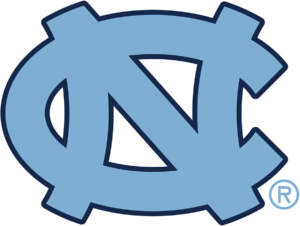 North Carolina
North Carolina  Elon
Elon  SMU
SMU  Syracuse
Syracuse  Alabama
Alabama  Tennessee
Tennessee  Charlotte
Charlotte  USC Upstate
USC Upstate  Ohio State
Ohio State  Georgia State`
Georgia State`  Ohio University
Ohio University  Virginia Tech
Virginia Tech  Indiana
Indiana  South Carolina
South Carolina  South Carolina
South Carolina  Campbell
Campbell  UAB
UAB  East Tennessee State
East Tennessee State  LSU
LSU  South Carolina
South Carolina  App State
App State  North Carolina A&T
North Carolina A&T  Charlotte
Charlotte 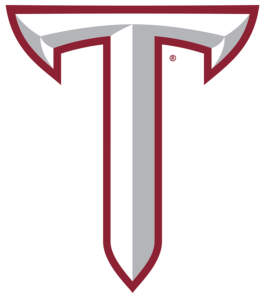 Troy
Troy  Georgia
Georgia  VCU
VCU  Georgia
Georgia  Stanford
Stanford 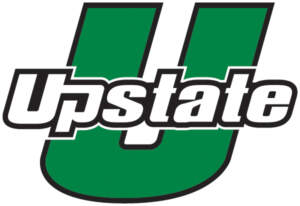 USC Upstate
USC Upstate 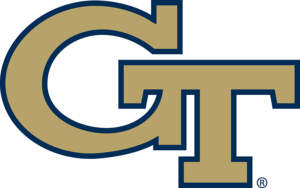 Georgia Tech
Georgia Tech  Wofford
Wofford  California
California  Queens
Queens  Georgetown
Georgetown  Norfolk State
Norfolk State  Louisville
Louisville  Charleston Southern
Charleston Southern  Syracuse
Syracuse  Virginia
Virginia  Florida State
Florida State  Wake Forest
Wake Forest 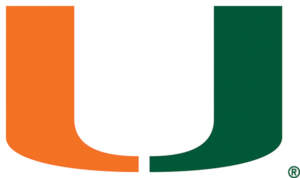 Miami (Fla.)
Miami (Fla.)  Notre Dame
Notre Dame 

